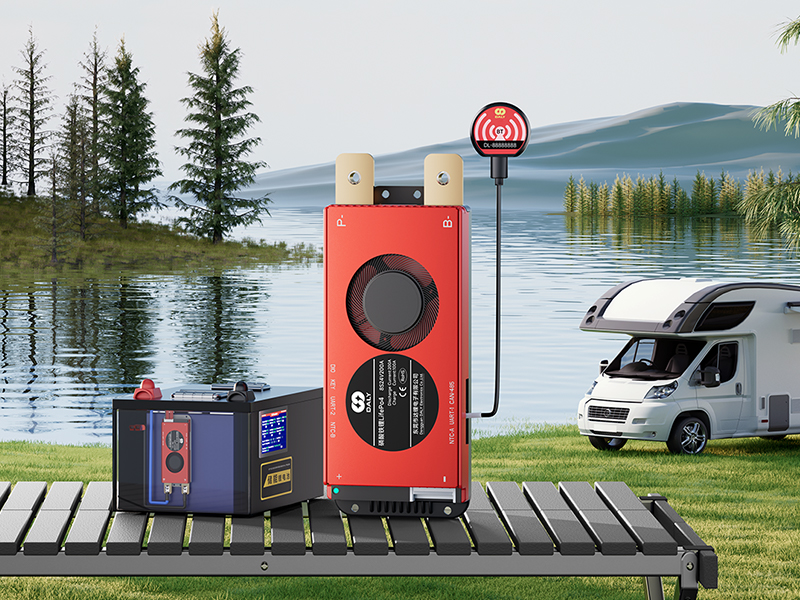The renewable energy sector is undergoing transformative growth, driven by technological breakthroughs, policy support, and shifting market dynamics. As the global transition to sustainable energy accelerates, several key trends are shaping the industry’s trajectory.
1. Expanding Market Size and Penetration
China’s new energy vehicle (NEV) market has reached a critical milestone, with penetration rates surpassing 50% in 2025, marking a decisive shift toward an “electric-first” automotive era. Globally, renewable energy installations—including wind, solar, and hydropower—have overtaken fossil fuel-based power generation capacity, cementing renewables as the dominant energy source. This shift reflects both aggressive decarbonization targets and growing consumer adoption of clean technologies.

2. Accelerated Technological Innovation
Breakthroughs in energy storage and generation technologies are redefining industry standards. High-voltage fast-charging lithium batteries, solid-state batteries, and advanced photovoltaic BC cells are leading the charge. Solid-state batteries, in particular, are poised for commercialization within the next few years, promising higher energy density, faster charging, and enhanced safety. Similarly, innovations in BC (back-contact) solar cells are boosting photovoltaic efficiency, enabling cost-effective large-scale deployments.
3. Policy Support and Market Demand Synergy
Government initiatives remain a cornerstone of renewable energy growth. In China, policies such as NEV trade-in subsidies and carbon credit systems continue to stimulate consumer demand. Meanwhile, global regulatory frameworks are incentivizing green investments. By 2025, the number of renewable energy-focused IPOs on China’s A-share market is projected to rise significantly, alongside increased financing for next-gen energy projects.

4. Diversified Application Scenarios
Renewable technologies are expanding beyond traditional sectors. Energy storage systems, for instance, are emerging as critical “grid stabilizers,” addressing intermittency challenges in solar and wind power. Applications span residential, industrial, and utility-scale storage, enhancing grid reliability and user experience. Additionally, hybrid projects—such as wind-solar-storage integration—are gaining traction, optimizing resource utilization across regions.
5. Charging Infrastructure: Bridging the Gap with Innovation
While charging infrastructure development lags behind NEV adoption, novel solutions are easing bottlenecks. AI-powered mobile charging robots, for example, are being piloted to dynamically serve high-demand areas, reducing reliance on fixed stations. Such innovations, coupled with ultra-fast charging networks, are expected to scale rapidly by 2030, ensuring seamless electrified mobility.
Conclusion
The renewable energy industry is no longer a niche sector but a mainstream economic powerhouse. With sustained policy backing, relentless innovation, and cross-sector collaboration, the transition to a net-zero future is not just feasible—it’s inevitable. As technologies mature and costs decline, 2025 stands as a pivotal year, heralding an era where clean energy powers progress in every corner of the globe.
Post time: May-14-2025





